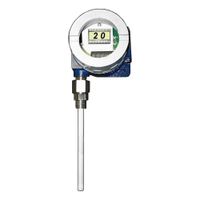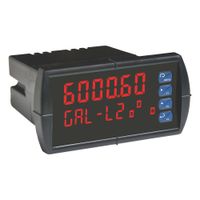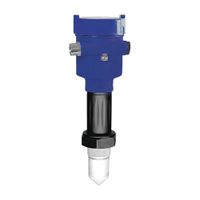Non-contact liquid level sensors offer several advantages:
1. **No Direct Contact**: These sensors do not come into contact with the liquid, reducing the risk of contamination, making them ideal for use in industries like pharmaceuticals and food processing.
2. **Versatility**: They can measure levels of various liquids, including corrosive, viscous, or hazardous substances, without being affected by the liquid's properties.
3. **Maintenance-Free**: Since there is no contact with the liquid, there is minimal wear and tear, leading to lower maintenance requirements and longer sensor life.
4. **High Accuracy**: Non-contact sensors provide precise measurements, as they are not influenced by changes in liquid density, temperature, or pressure.
5. **Safety**: They enhance safety by eliminating the need for manual measurement, especially in hazardous environments, reducing the risk of accidents.
6. **Installation Flexibility**: These sensors can be installed outside the tank or container, allowing for easy installation and integration into existing systems without modifications.
7. **No Moving Parts**: The absence of moving parts reduces the likelihood of mechanical failure, ensuring reliable and consistent performance.
8. **Wide Range of Applications**: They are suitable for various applications, including water treatment, chemical processing, and oil and gas industries.
9. **Real-Time Monitoring**: Non-contact sensors provide continuous, real-time monitoring, enabling efficient process control and inventory management.
10. **Cost-Effective**: Although the initial cost may be higher, the reduced maintenance and increased lifespan make them cost-effective in the long run.
11. **Environmental Resistance**: They are often resistant to environmental factors such as dust, humidity, and temperature variations, ensuring stable operation in diverse conditions.


